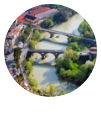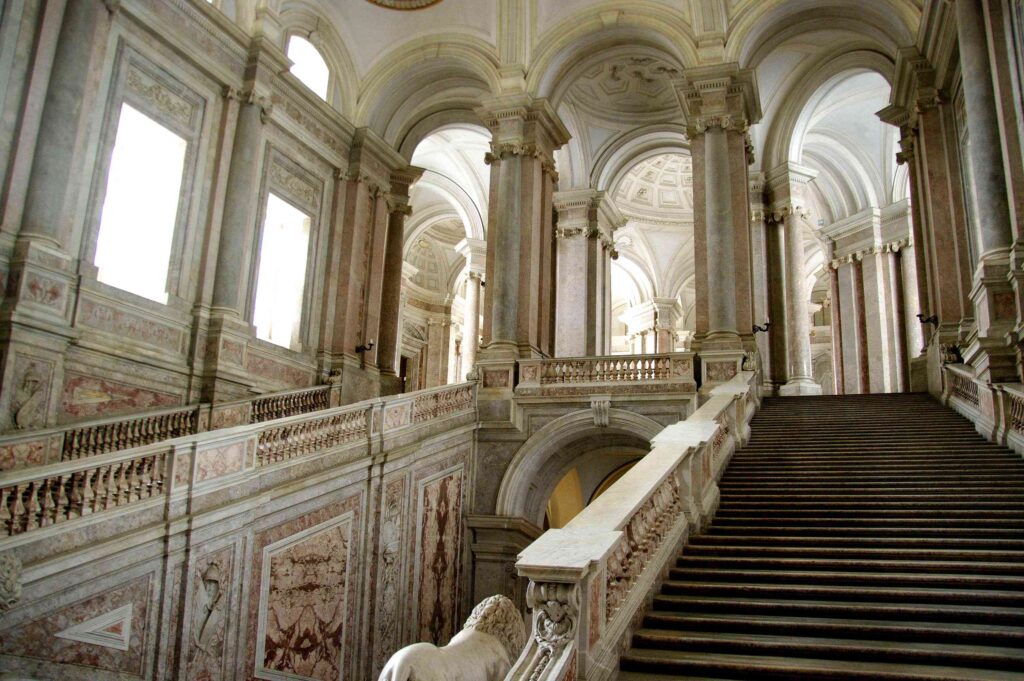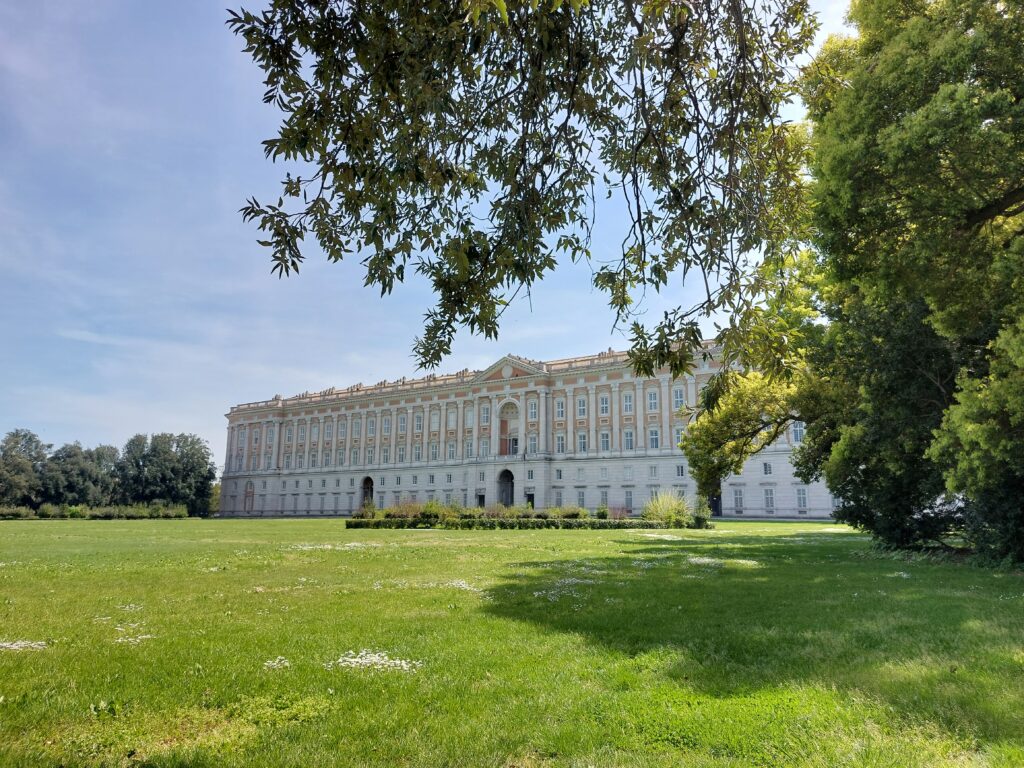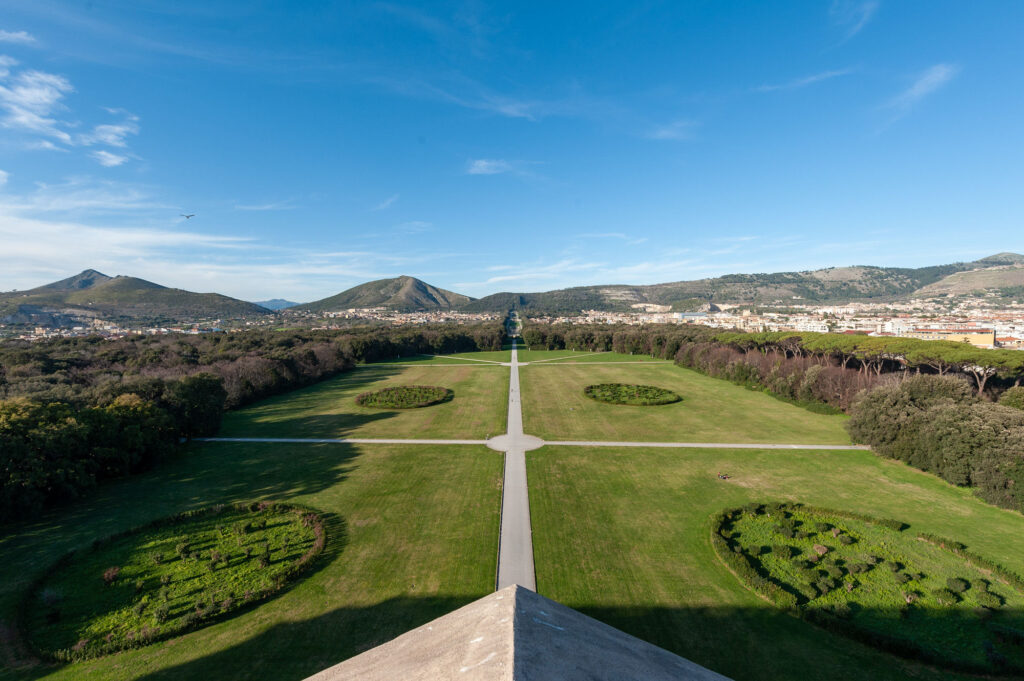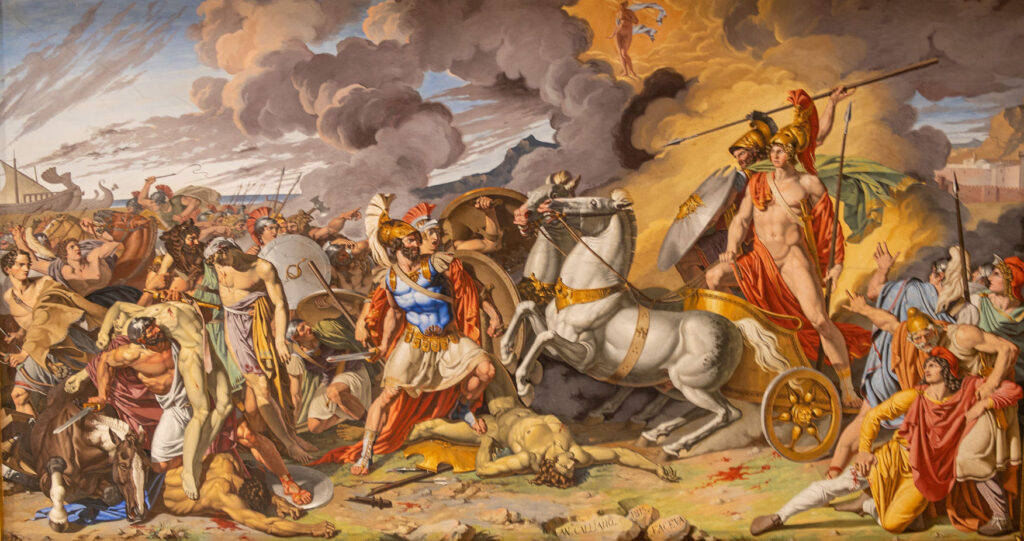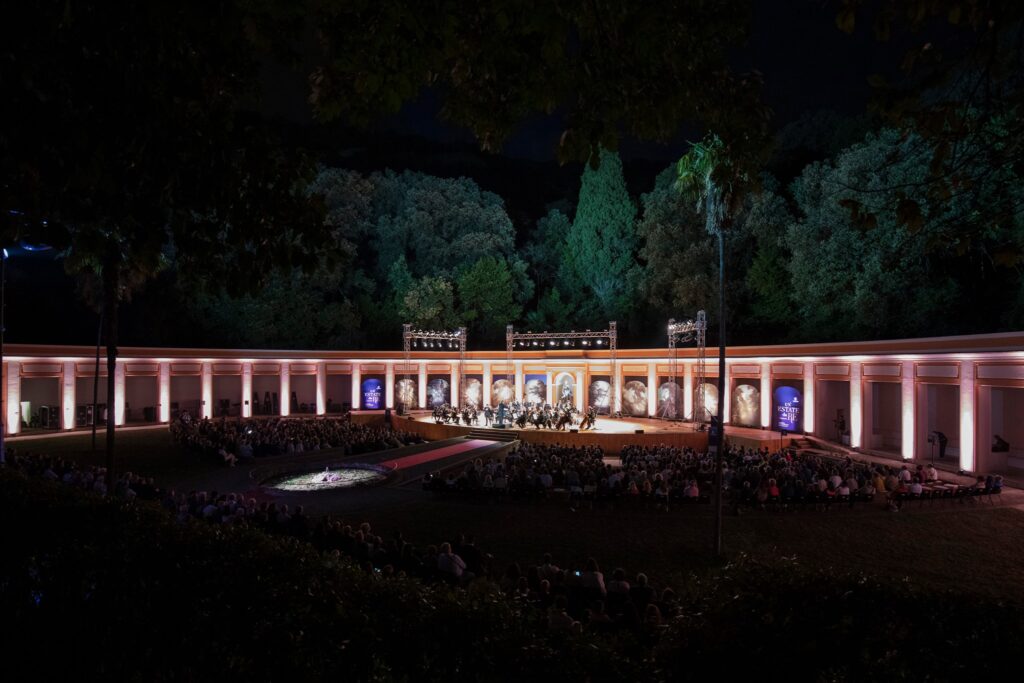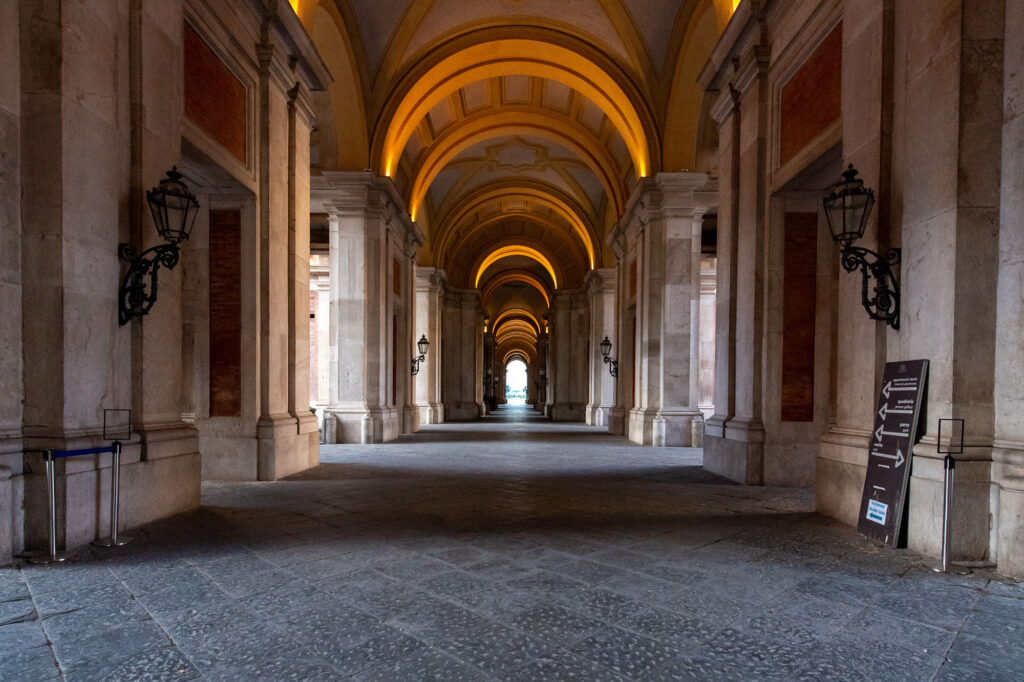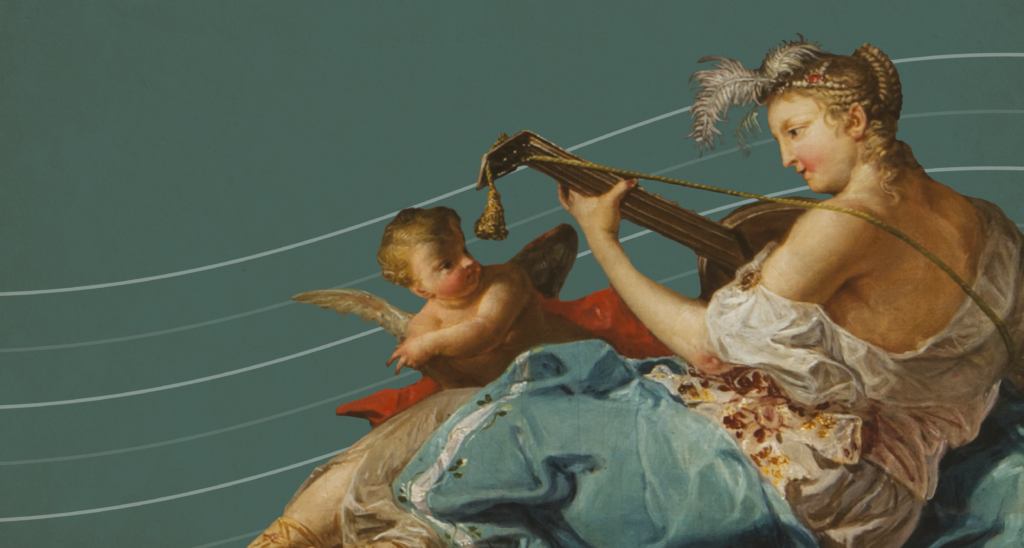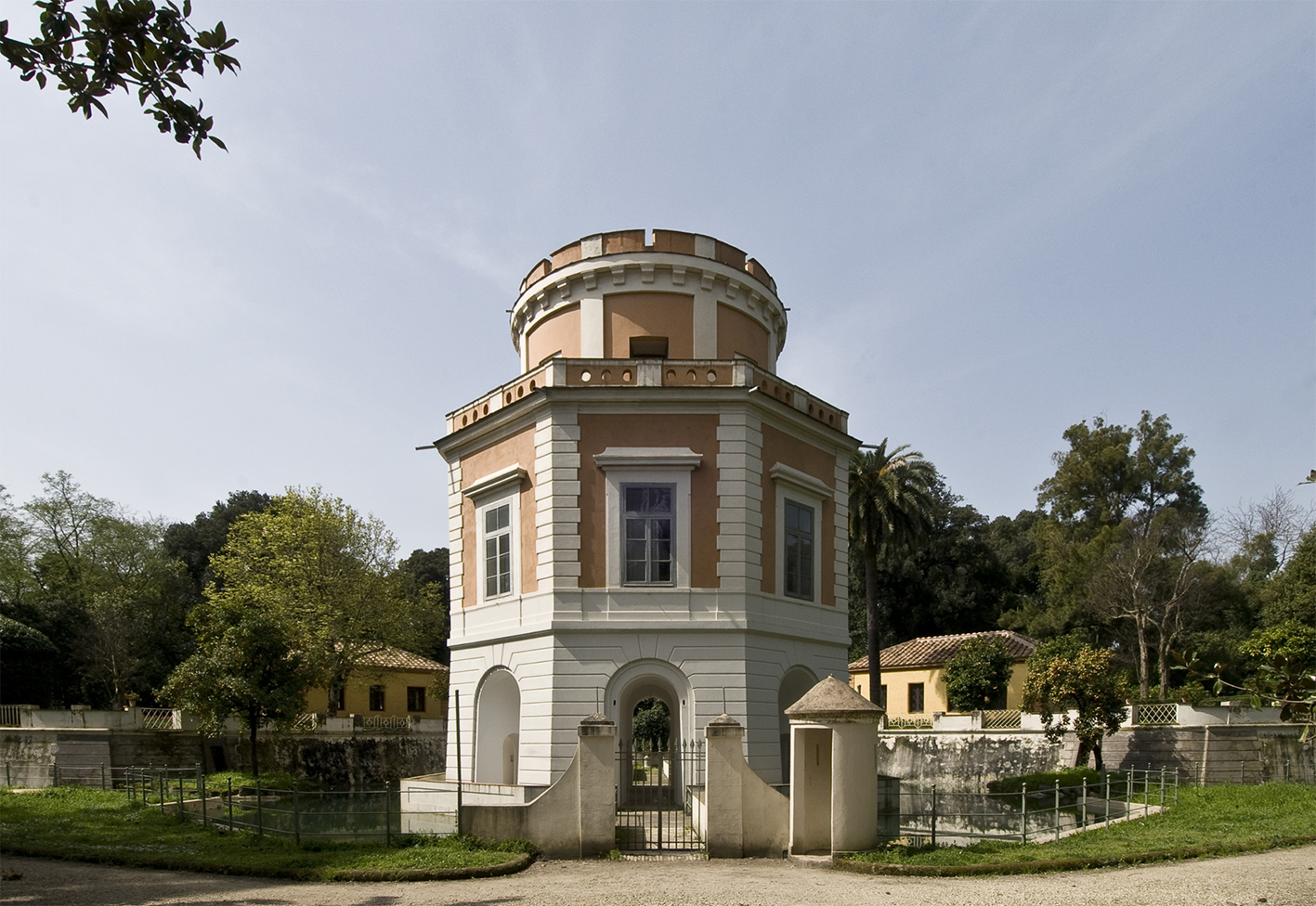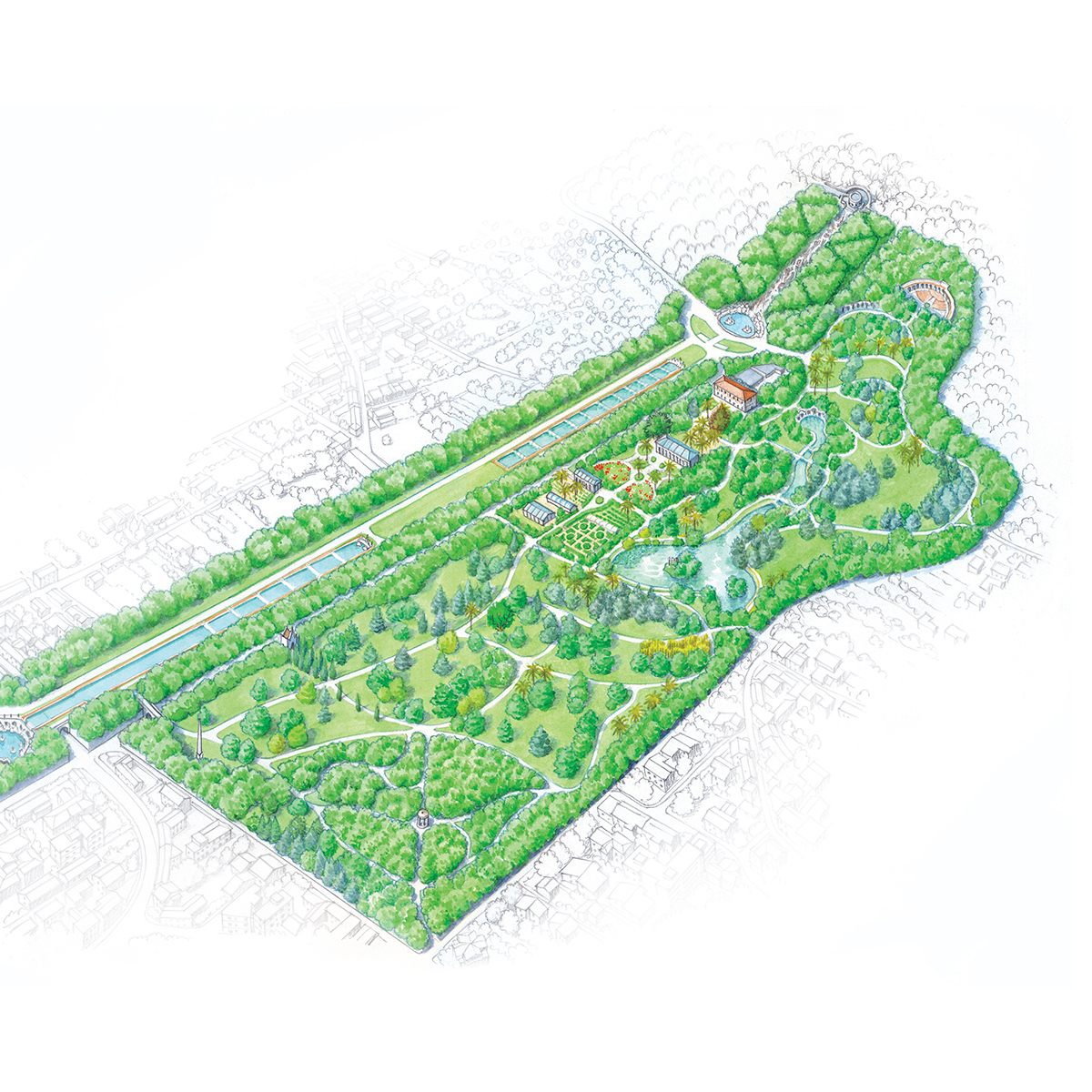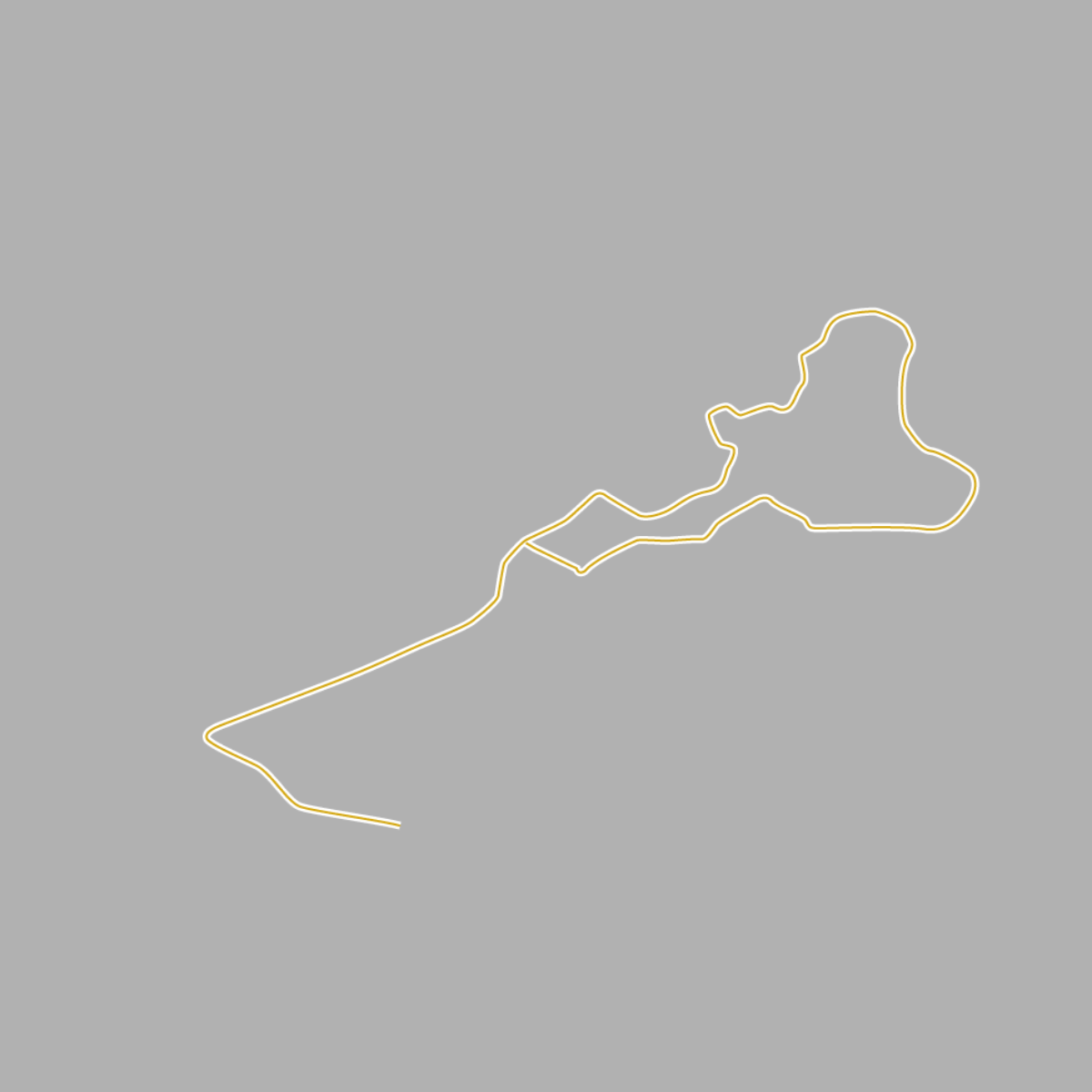Un’antica torre, luogo di svago e delizie
Realizzata nel 1769, la Castelluccia è un articolato complesso di giardini e architetture, dominato da un padiglione ottagonale. Su disegno di Luigi Vanvitelli, l’architetto Francesco Collecini andò a modificare l’antica Torre Pernesta: un casino di inizio Seicento, edificato dal principe Andrea Matteo Acquaviva per la moglie Francesca Pernestain. Circondata da magnolie monumentali, palme e araucarie, la Castelluccia borbonica fu concepita come un luogo di apprendimento e svago. Tra le sue fortificazioni si svolgevano le esercitazioni militari del giovane re Ferdinando IV. Adattata a luogo di delizie nel 1818, assunse le attuali forme di stampo neoclassico. La successiva aggiunta di un chioschetto di gusto cinese è testimone della fascinazione Ottocentesca per l’Estremo Oriente.
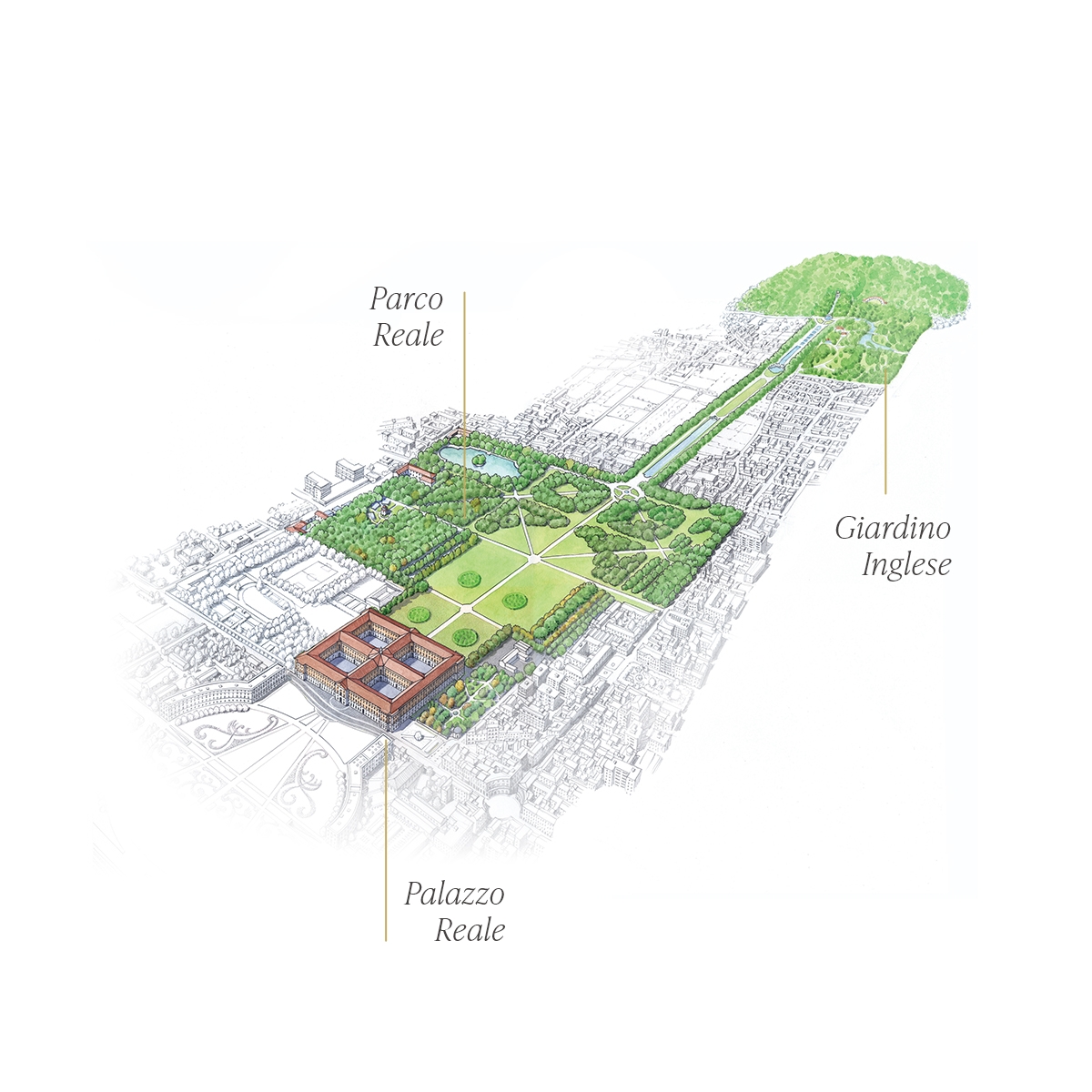
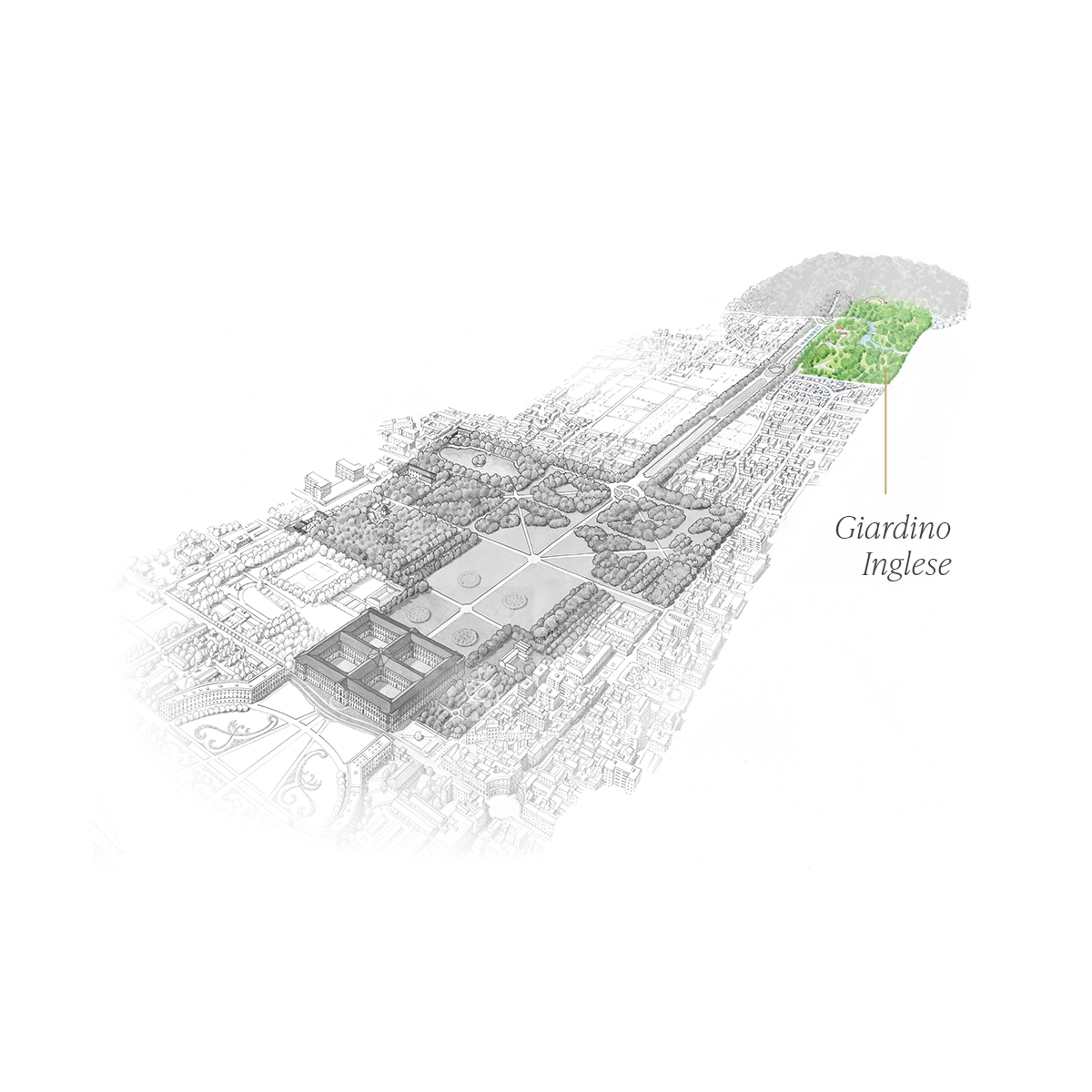
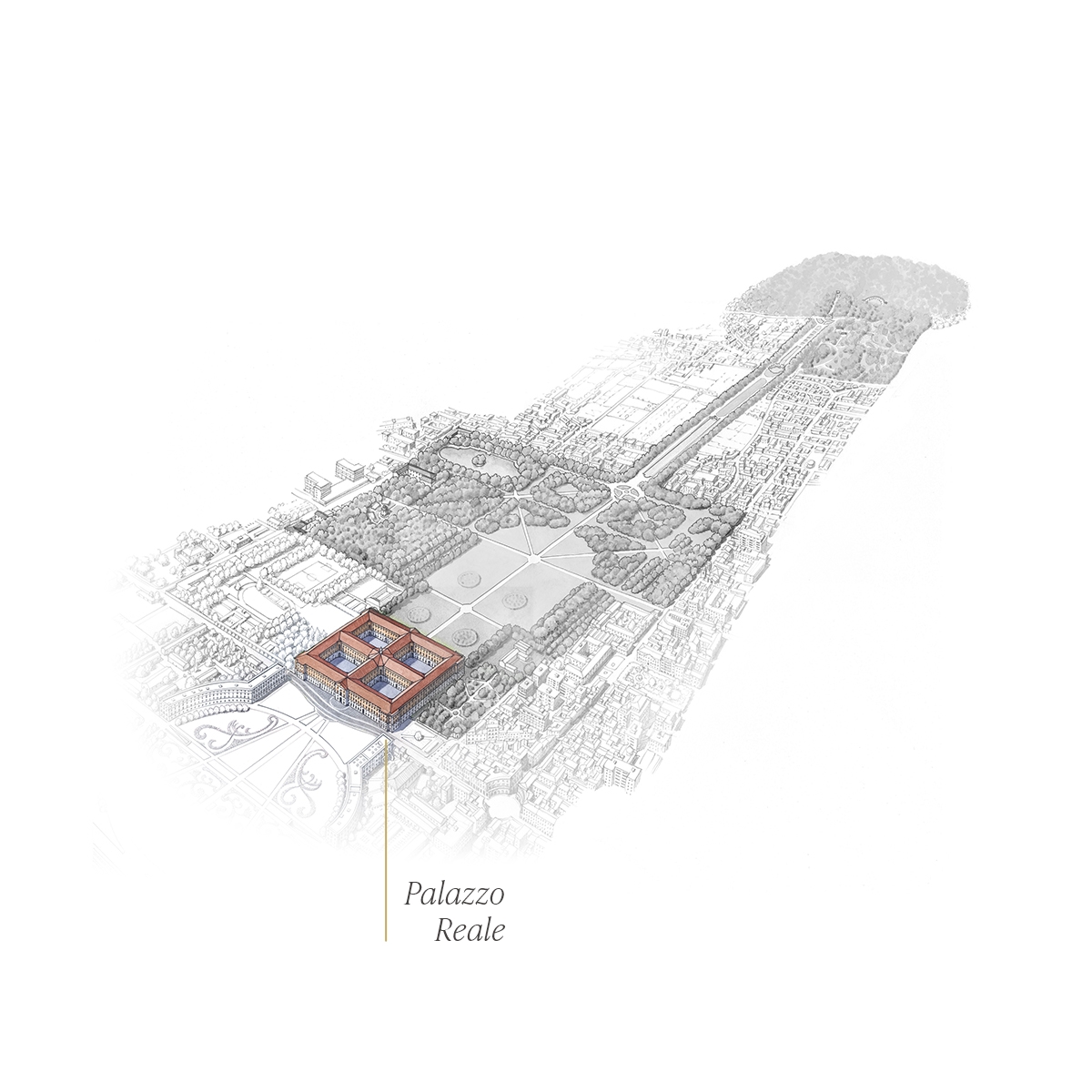
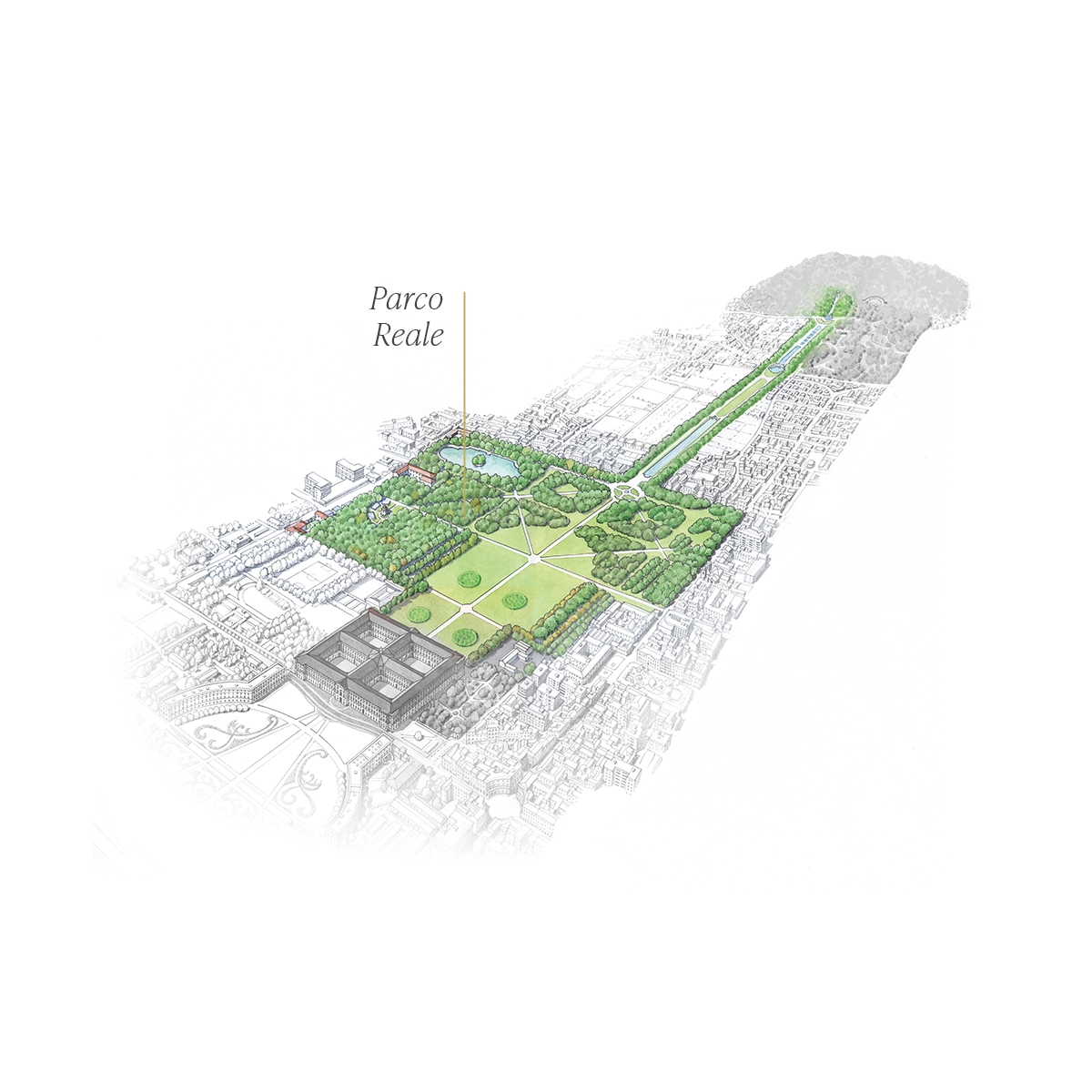
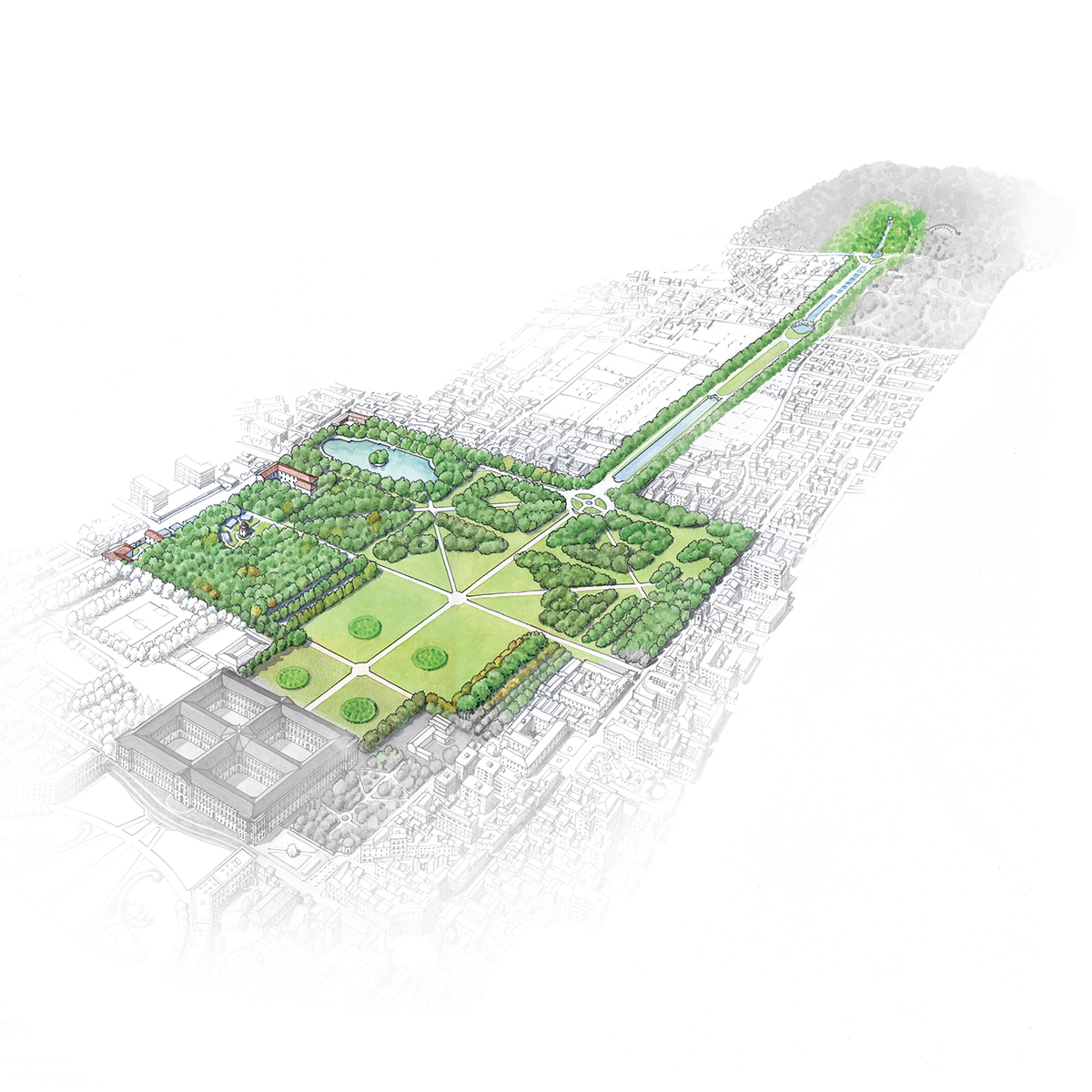
 Via d'acqua
Via d'acqua Castelluccia
Castelluccia Peschiera
Peschiera Fontana dei Delfini
Fontana dei Delfini Fontana di Eolo
Fontana di Eolo Fontana di Cerere
Fontana di Cerere Fontana di Diana e Atteone
Fontana di Diana e Atteone Fontana di Venere e Adone
Fontana di Venere e Adone Cascata e Torrione
Cascata e Torrione Bosco Vecchio
Bosco Vecchio Fontana Margherita
Fontana Margherita Bosco di San Silvestro
Bosco di San Silvestro Acquedotto Carolino
Acquedotto Carolino